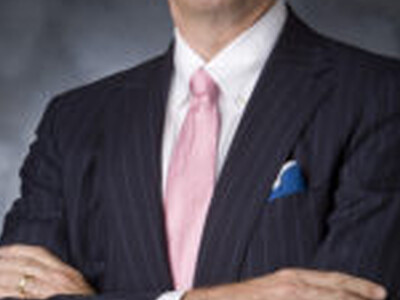Rural Healthcare Crisis
Rural Healthcare Crisis. I’m Greg Martin with today’s Line On Agriculture.
Rural communities are facing a health care crisis. Some 50 million Americans live in rural communities, and to put rural America in perspective: If rural America were its own country, it would be larger than nearly 90% of the world's nations. New research by UnitedHealth Center for Health Reform & ModernizationUnitedHealth Group and Harris Interactive explores the unique health care circumstances confronting rural Americans. Dr. Simon Stevens Executive Vice President of UnitedHealth Group gives us the update.
STEVENS: What we did at the United Health Center for Health Reform and Modernization was to look at the issues faced by the 50 million people in America that live in rural communities and what we did was update research on the quality of care that is available to them, the health issues both now and going forward. And what we found were several different things. What we found was people who live in rural areas tend to be older and poorer than people that live in the cities and suburbs. The second thing we found was they tend to be more reliant on programs such as Medicare and Medicaid and the third thing we found was they tend to have more chronic conditions such as diabetes and heart disease.
They looked at how easy it was for these rural Americans to access the healthcare that they might need.
STEVENS: And we found that there were significant access challenges today both in primary care and in specialty care and then we rolled the tape forward and noted that in the health reform legislation up to 5 million more rural Americans will receive insurance coverage either through Medicaid or through the state health insurance exchanges so if people are having access problems today, they’re going to face very severe access problems beginning in 2014.
That is when the access or coverage expansions occur. Stevens says there are a number of practical solutions that they believe will help these issues.
STEVENS: We think there’s a lot of opportunity to promote team based care particularly incorporating all members of the team including nurse practitioners and physicians assistants and community health workers so organizing the care better is one of the practical solutions that our report outlines. The second one is to take advantage of the advances in information technology and tele-health and tele-medicine.
That’s today’s Line On Agriculture. I’m Greg Martin on the Ag Information Network.

















